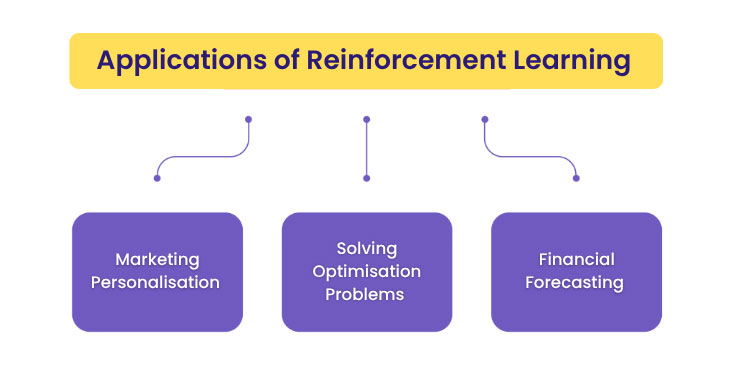Python is one of the most used programming languages used in the field of data analytics. Though it was released in the 1990s, the popularity of Python has seen exponential growth in the past few years. In this article, we’re going to discuss the importance of Pandas Library in Python which is used for data analytics.
In Python, a library is a collection of modules that provide pre-written code for common tasks. Libraries can be used to extend the functionality of Python and make it easier for developers to perform certain tasks without having to write all of the code from scratch.
You’re reading the article, How Pandas Library in Python is Changing The World of Analytics in 2023.
Some examples of popular Python libraries include NumPy, which provides support for multi-dimensional arrays and matrices of numerical data, and SciPy, which is a collection of mathematical algorithms and convenience functions built on NumPy.
Other examples include Matplotlib for data visualization and Pandas for data manipulation and analysis. Python libraries are generally open-source and can be easily installed using package managers such as pip or conda.
You’re reading the article, How Pandas Library in Python is Changing The World of Analytics in 2023.
Most Popular Python Libraries
There are many Python libraries that are commonly used for data analysis, some of the most popular ones include:
- Pandas: This library provides fast, flexible, and expressive data structures designed to make working with “relational” or “labeled” data both easy and intuitive. It is widely used for data cleaning, transformation, and exploration.
- NumPy: This library provides support for multi-dimensional arrays and matrices of numerical data, and it is often used as a foundation for other data analysis libraries.
- SciPy: This library is a collection of mathematical algorithms and convenience functions built on NumPy, it’s often used for optimization, signal processing, statistics, and more.
- Matplotlib: This library is used for data visualization, it provides an easy way to create static, animated, and interactive visualizations in Python.
- Seaborn: Seaborn is a data visualization library based on Matplotlib that provides a high-level interface for creating informative and attractive statistical graphics.
- Scikit-learn: This library is a popular machine-learning library that provides a wide range of algorithms for classification, regression, clustering, and more.
- Statsmodels: This library provides a variety of statistical models, tests, and data exploration tools, it’s often used for statistical modeling, hypothesis testing, and model selection.
- NLTK: The Natural Language Toolkit is a library used for working with human language data, it provides tools for text processing, text mining, and more.
You’re reading the article, How Pandas Library in Python is Changing The World of Analytics in 2023.
These are only a few examples of the many libraries available for data analysis in Python, other libraries like Pytorch, Tensorflow, and Keras are also very common in deep learning and AI.
What is Pandas Library in Python?
Pandas is a Python library that provides fast, flexible, and expressive data structures designed to make working with “relational” or “labeled” data both easy and intuitive. It is a powerful tool for data manipulation and analysis.
It is widely used in data science and analytics for data cleaning, transformation, and exploration. It is also commonly used for data visualization and machine learning.
Pandas make it easy to work with large, complex datasets, and it is changing the way analysts and data scientists work by providing a simple and efficient way to manipulate and analyze data.
You’re reading the article, How Pandas Library in Python is Changing The World of Analytics in 2023.
Why Pandas Library in Python is The Most Preferred Among Data Professionals?
Here are some reasons Why the Pandas library in Python is one of the most preferred tools for data analysis:
- Data Structures: Pandas provides two powerful data structures, the Series and DataFrame, which are designed to make working with “relational” or “labeled” data both easy and intuitive.
- Data Handling: Pandas provides a wide range of data handling capabilities such as reading and writing data in different file formats, handling missing data, and merging and joining data from different sources.
- Data Cleaning: Pandas makes it easy to clean and prepare data for analysis. It provides functions to handle missing values, perform data transformation and reshaping, and more.
- Data Manipulation: Pandas provide a wide range of data manipulation capabilities such as filtering, grouping, and aggregating data, as well as applying mathematical and statistical operations to data.
- Data Visualization: Pandas integrates well with visualization libraries such as Matplotlib, Seaborn, and Plotly, which makes it easy to create attractive and informative visualizations of data.
- High Performance: Pandas is built on top of other powerful libraries such as NumPy, which makes it highly optimized for performance.
- Active Community: Pandas has an active community of developers and users, which means that it is constantly being updated and improved, and there are many resources available for learning and troubleshooting.
- Interoperability: Pandas can easily integrate with other libraries and technologies such as Scikit-learn, TensorFlow, Pytorch, SQL, and R making it a versatile tool in data analysis.
Hope you liked reading the article, How Pandas Library in Python is Changing The World of Analytics in 2023. Please share your thoughts in the comments section below.






